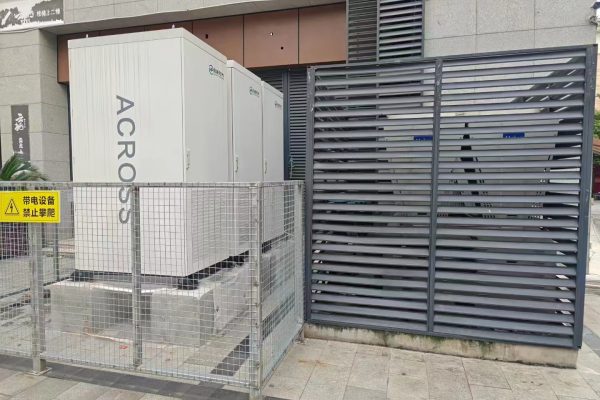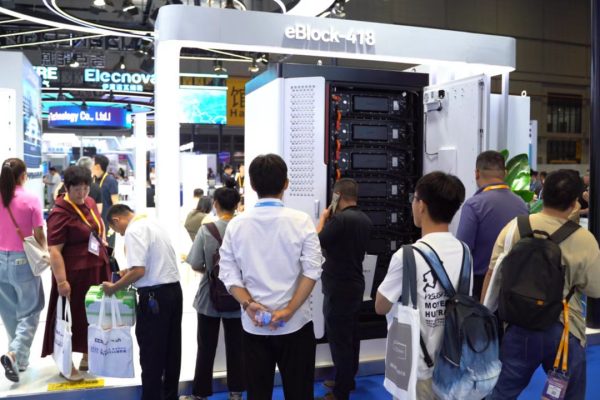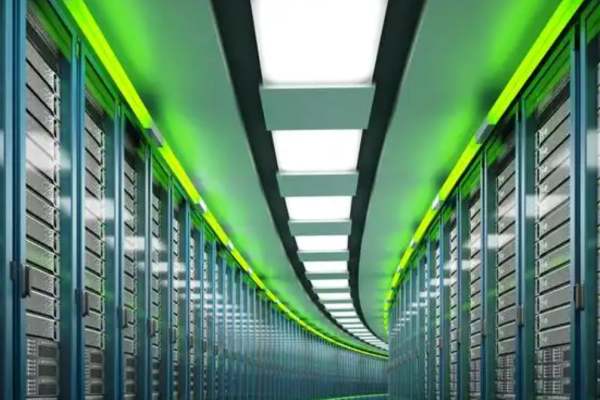How to Optimize Systems Year-Round for Reliability and ROI
1. Why Seasonal Performance Matters
A PV + storage system isn’t static. Its performance varies with seasonal sunlight, temperature swings, and energy demand patterns. For project developers, installers, and C&I buyers, overlooking these fluctuations can lead to underperformance, shorter battery lifespan, and unhappy customers.
By understanding seasonal effects and preparing your system accordingly, you can:
- Maximize energy yield across all months.
- Avoid system stress during peak heat or cold.
- Ensure stable ROI for small commercial and residential projects.
2. Seasonal Challenges in PV + Storage
Summer
- High irradiance increases energy production.
- High ambient temperatures reduce inverter and battery efficiency.
- Air conditioning demand spikes load requirements.
Winter
- Shorter days and low irradiance reduce solar generation.
- Cold weather reduces battery capacity temporarily (especially lithium-ion).
- Heating demand shifts load profiles.
Spring & Autumn
- Transition months bring variable weather.
- Storm risks (rain, wind, snow melt) can test system resilience.
3. Seasonal Tips for PV Modules
- Angle Adjustment: In regions with strong seasonal changes, adjusting the tilt angle of PV modules twice a year improves yield.
- Snow and Dust Removal: Snow cover in winter and dust in dry seasons block light. Cleaning schedules should be seasonal.
- Shading Analysis: Trees and buildings cast different shadows in summer vs. winter due to sun angle. Recheck shading seasonally.
4. Seasonal Tips for Inverters
- Temperature Management:
- Summer: Ensure proper ventilation, shading, or even active cooling for outdoor inverters.
- Winter: Protect against condensation and freezing in humid/cold climates.
- Firmware Updates: Many inverter manufacturers release seasonal performance firmware (efficiency tweaks, grid-support features). Plan updates during low-demand seasons.
- Load Shifting Settings: Adjust time-of-use settings for changing demand (e.g., longer evening heating loads in winter).
5. Seasonal Tips for Battery Storage
- Temperature Control:
- Lithium-ion batteries perform best between 15–30°C.
- In summer, avoid overheating (>40°C) with HVAC or passive cooling.
- In winter, pre-heating or insulated enclosures maintain performance.
- Capacity Planning:
- Expect 10–20% capacity loss in cold climates. Oversize winter-critical systems accordingly.
- For off-grid sites, design autonomy for worst-case winter sunlight.
- Cycle Strategy:
- In summer: Use batteries for peak-shaving during cooling loads.
- In winter: Prioritize self-consumption storage when PV production is low.
6. Seasonal Grid Interaction
- Summer peak loads: Sell surplus PV power back to the grid during midday when demand is high.
- Winter evening peaks: Batteries can cover more expensive grid tariffs at night.
- Storm season: Enable islanding and backup functions in advance, ensuring the system seamlessly transitions during outages.
7. Monitoring & EMS Adjustments
A modern Energy Management System (EMS) can automate seasonal optimization:
- Adjust charge/discharge windows based on utility rates.
- Monitor real-time weather data to predict PV generation.
- Integrate seasonal demand forecasts for smarter dispatch.
Tip: Review EMS settings at least quarterly — many system owners never revisit after commissioning, leaving efficiency on the table.
8. Case Example – Small Commercial Project
A 100 kW PV + 200 kWh battery system at a food processing facility in a temperate region:
- Summer:
- PV oversupply covers refrigeration loads.
- EMS shifts midday generation into peak evening usage.
- Winter:
- PV generation drops by 40%.
- Battery reserved mainly for peak tariff support at night.
- Result: The system maintains 20–25% annual savings even with large seasonal differences.
9. O&M Scheduling by Season
- Spring: Panel inspection after winter storms; battery health check.
- Summer: HVAC and cooling check for inverters/batteries.
- Autumn: Leaf and debris removal; prep for snow loads.
- Winter: Emergency backup test; insulation and heating system check.
Regular seasonal maintenance ensures reliability and prevents costly downtime.
10.Seasonal Planning = Long-Term Value
PV + storage performance is never the same in July as it is in December. Integrators and customers who plan for seasonal changes will enjoy:
- Higher year-round efficiency.
- Extended component lifespan.
- Better financial performance with fewer surprises.
Seasonal optimization transforms PV + storage from a static installation into a dynamic energy asset that adapts to real-world conditions.









